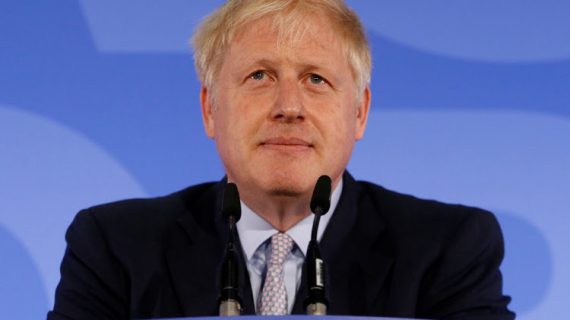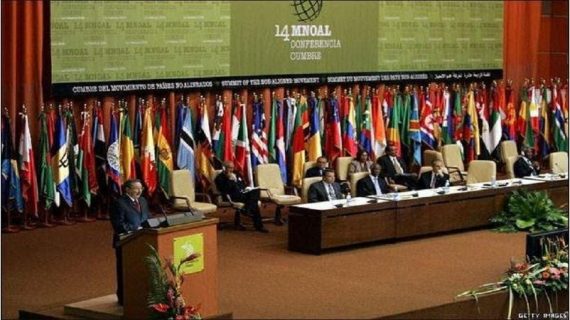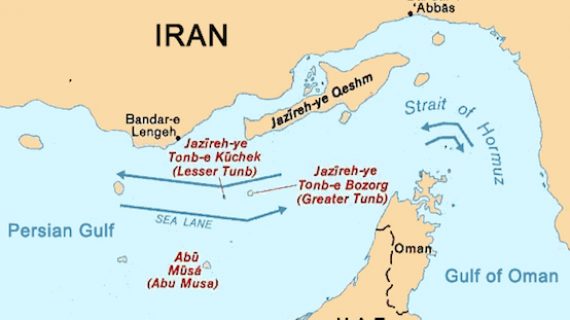Motor Rally to Promote Int’l North-South Transport Corridor
The INSTC Friendship Motor Rally is set to be flagged off in Bandar Abbas on Sunday. The route forth from Bandar Abbas to St. Petersburg and the route back from St Petersburg to Chabahar cover 5,000 kilometers and 5,500 kilometers respectively
INSTC is a major transit route designed to facilitate the transportation of goods from Mumbai in India to Helsinki in Finland, using Iranian ports and railroads, which the Islamic Republic plans to connect to those of Azerbaijan and Russia
Drivers from Iran, India, Russia and Azerbaijan will participate in the International North-South Transport Corridor Friendship Motor Rally to help promote the corridor to their respective nations as well as to the world, the director of the International Corridors Bureau affiliated with the Ministry of Roads and Urban Development said.
“The rally, proposed by India, is set to be flagged off in Bandar Abbas on April 29. The route forth from Bandar Abbas to St. Petersburg and the route back from St Petersburg to Chabahar cover 5,000 kilometers and 5,500 kilometers respectively,” Amin Taraffo told Financial Tribune.
The official added that participants will drive through Shiraz, Isfahan, Tehran, Qazvin, Rasht to Astara Port in the Iranian territory on the route forth. Rally drivers will go through Astara, Rasht, Tehran, Yazd, Kerman, Sistan-Baluchestan and Chabahar on the route back in Iran.
“The event has been jointly organized by India’s Federation of Freight Forwarders Association and Kalinga Motor Sports Club. The Iranian bodies involved in organizing the race are the foreign and roads ministries, Motorcycle and Automobile Federation and the Islamic Republic of Iran Customs Administration.”
In this rally, which will take around one month to complete, 18 cars will compete. Iran, Russia and Azerbaijan each plan to enter one car and the remaining 15 cars will belong to Indian teams. Competitors are professional rally drivers.
Taraffo noted that the event could serve as a prelude to the INSTC Ministers Forum scheduled to be held in late September in Tehran.
A Transit Shortcut
The INSTC project, according to Taraffo, has three original founders, namely India, Iran and Russia. The contract for the project was signed in May 2002 between these countries.
Today, INSTC features the founding countries, as well as Turkey, Azerbaijan, Kazakhstan, Armenia, Belarus, Tajikistan, Kyrgyzstan, Oman, Ukraine and Syria as main member states and Bulgaria as an observer member.
INSTC is a major transit route designed to facilitate the transportation of goods from Mumbai in India to Helsinki in Finland, using Iranian ports and railroads, which the Islamic Republic plans to connect to those of Azerbaijan and Russia.
The corridor will connect Iran with Russia’s Baltic ports and give Russia rail connectivity to both the Persian Gulf and the Indian rail network.
This means goods could be carried from Mumbai to the Iranian port of Bandar Abbas and further to Baku. They could then pass across the Russian border into Astrakhan before proceeding to Moscow and St. Petersburg, before entering Europe.
INSTC would substantially cut the travel time for everything from Asian consumer goods to Central Eurasia’s natural resources to advanced European exports.
The multimodal route is estimated to reduce the time and cost of transportation of goods between India and Europe from 40 to 15 days. The corridor is said to have the potential of diverting up to 10 million tons of India-Europe trade to the route.
Currently, 72 million tons of goods are shipped from India to Europe and 25 billion tons are transported in the opposite direction every year.
When completed, INSTC is expected to increase the volume of commodities currently traded between Iran and Azerbaijan from 600,000 tons to 5 million tons per year, dramatically increasing bilateral trade from the current $500 million per year.
Astara-Astara Rail Link
Inaugurated in March
The rail link between Astara in Azerbaijan and the Iranian namesake city, that forms part of the INSTC, was officially inaugurated in a ceremony held on March 29.
Presidents Hassan Rouhani of Iran and Ilham Aliyev of Azerbaijan participated via a video link from the Iran-Azerbaijan Business Forum they were attending in Baku.
Around 7,600 tons of freight have already been carried on the route since the operation of the first freight train on Feb. 8.
The 10-km extension of Azerbaijan’s 1,524-mm gauge rail network runs for around 8.5 km in Azerbaijan and 1.5 km in Iran, including a bridge over Astarachay River that is 82.5 meters long, 8 meters high and 11.8 meters wide, which forms the border. It was built at a cost of around $60 million, financed by Azerbaijan, including a 35-hectare freight transshipment facility that will be operated by Azerbaijan’s national railroad ADY under a 25-year BOT agreement with Iran’s national rail entity IRIR.
“The North-South transit route, which the two countries are currently participating in as part of the Rasht-Astara Railroad project, means a more convenient, cheaper and shorter route for the two countries, regional countries and even for Asia, Europe and Africa, indicating that our cooperation is in the interest of the peoples of the region and the world,” President Rouhani said.
President Aliyev noted that the Rasht-Astara Railroad would be “built in a short span of time, opening new opportunities for the entire Eurasian region”.
Azerbaijan has agreed to invest $500 million to undertake the project.
Countdown to Qazvin-Rasht
Rail Route Inauguration
INSTC’s other missing rail link, the 164-kilometer-long route to connect the two Iranian cities of Qazvin and Rasht, has already made about 99% progress and is scheduled to come on stream by May 5, Ali Akbar Mardi, an official with the Construction and Development of Transportation Infrastructure Company affiliated with the Roads Ministry, announced.







